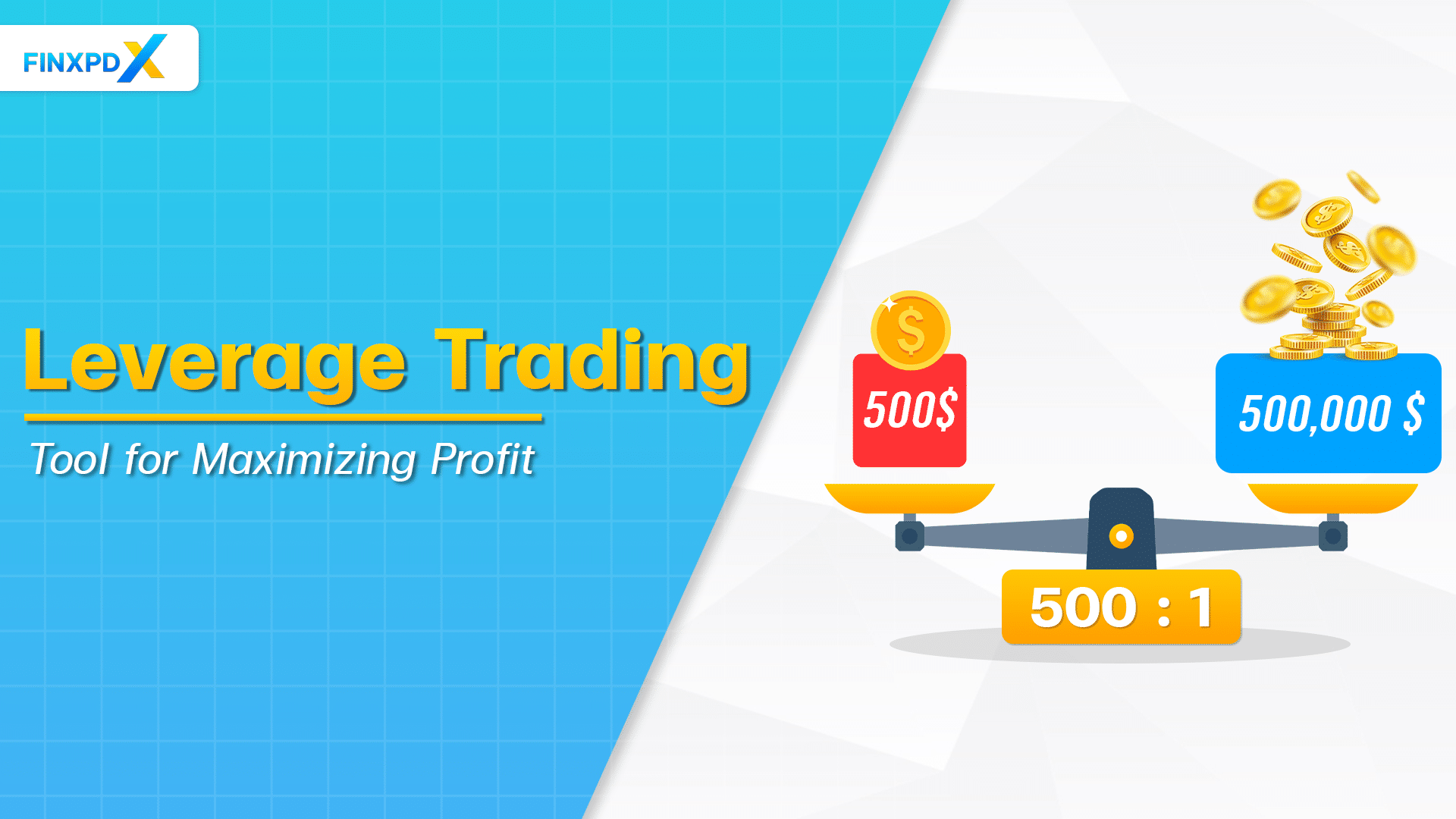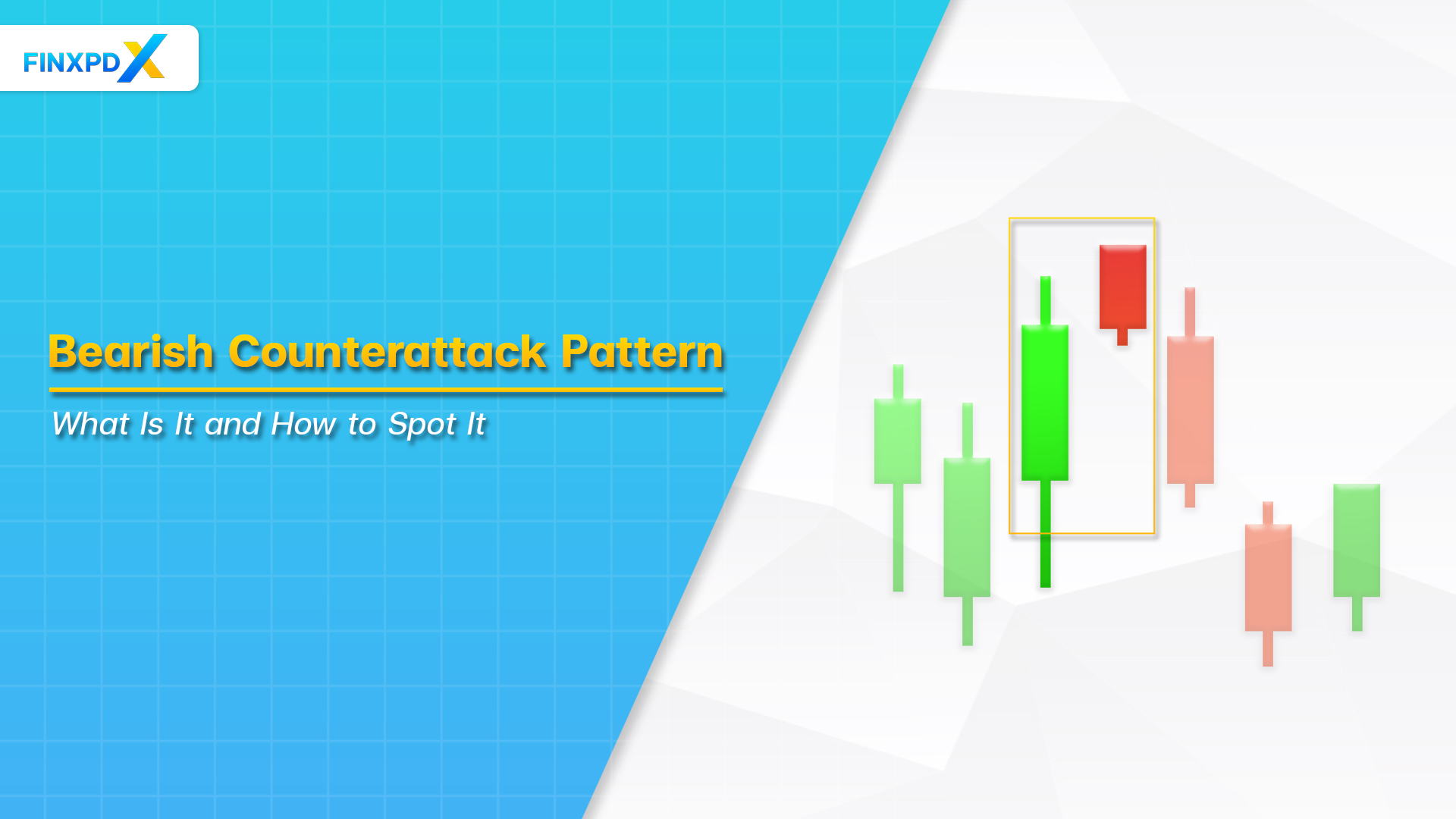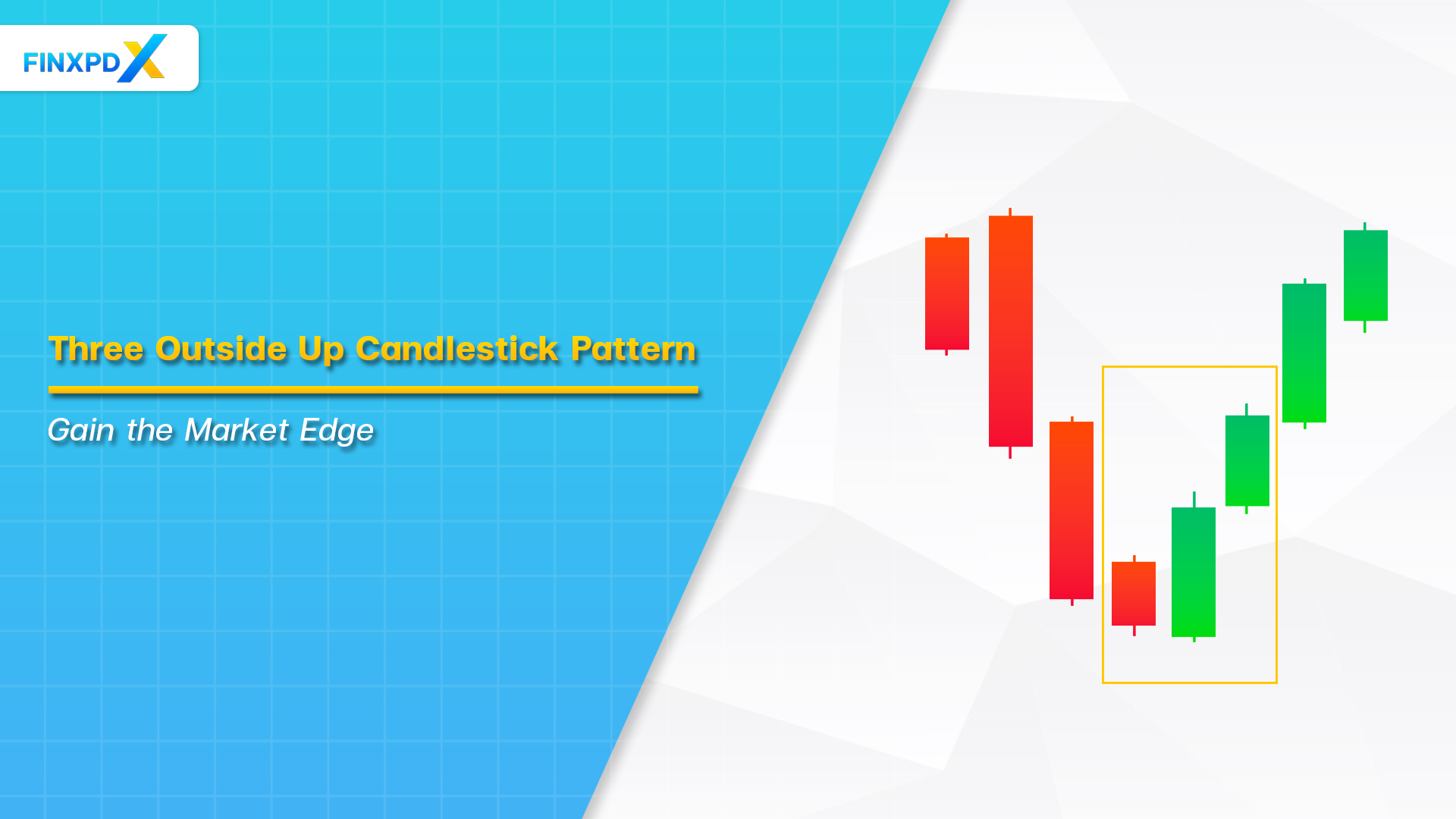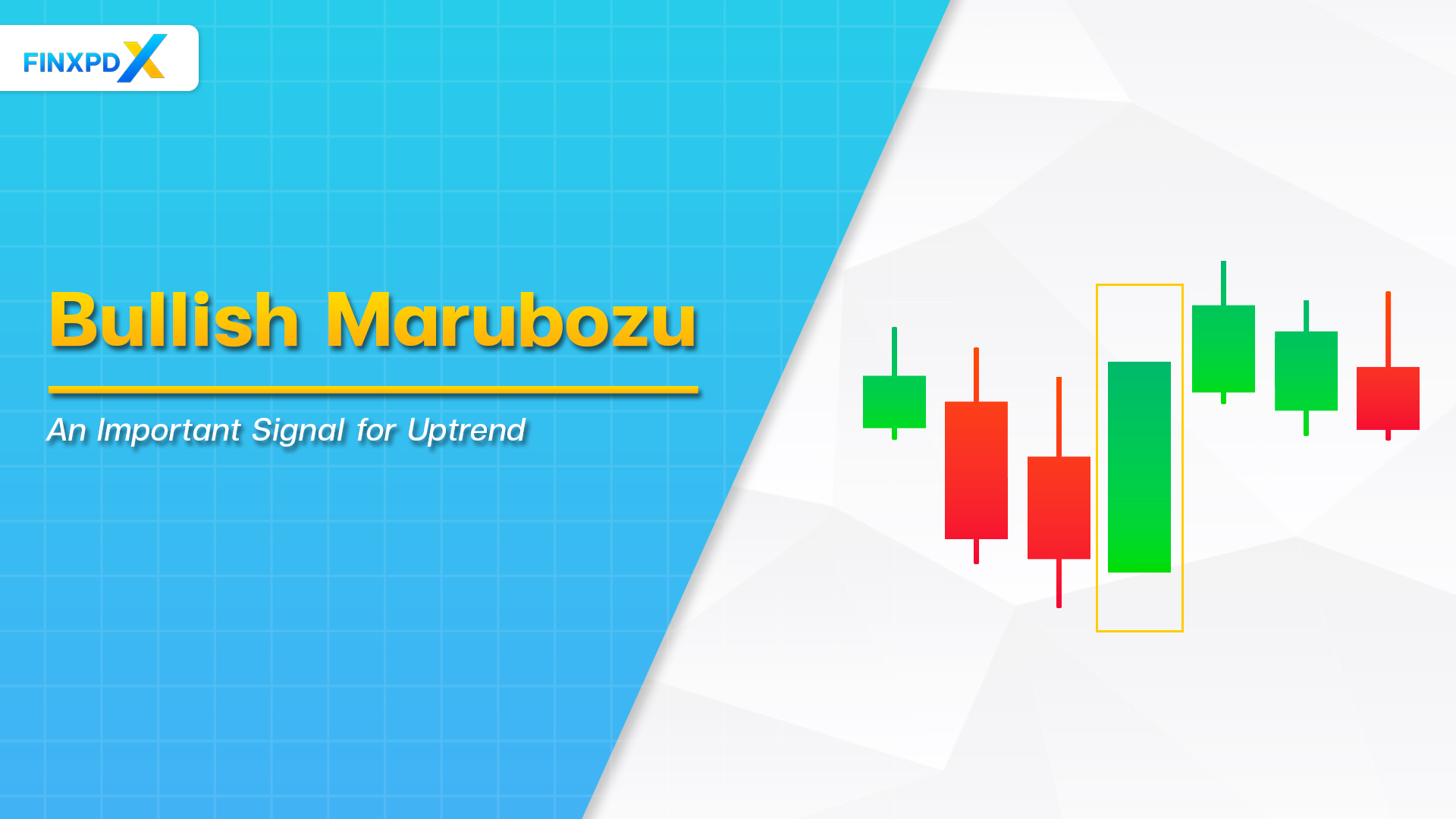Leverage trading has become an attractive topic in the financial markets, catching traders’ attention everywhere. This approach can boost your possible gains by borrowing money from a broker, allowing you to make bigger trades than your account balance usually permits. In this all-inclusive guide, we’ll explore leverage trading, its various forms, why it is a favored tool in forex trading, and discuss its advantages.
What Is Leverage Trading?
In the world of finance, traders often use a technique called leverage trading to amplify their investment power across various markets like forex, stocks, and commodities. Essentially, this strategy lets you manage a much larger market position without having to put down the full value of the asset. You do this by borrowing money from a broker, allowing you to make trades that are bigger than your actual account balance.
Leverage is often represented as a ratio, like 1:100 or 1:500, which shows the extent of control you have relative to your investment. For instance, with a 1:100 leverage in forex, you could manage a $100,000 position with a mere $1,000 margin.
Key Takeaways
- Leverage trading involves using borrowed funds to increase potential returns on investment, enabling traders to open larger positions than their actual capital would allow.
- Forex markets are ideal for leverage due to their high liquidity and 24-hour trading, enabling significant market exposure with minimal capital investment.
- The best leverage ratio depends on the trader’s risk tolerance, trading strategy, and market conditions. It is typically calculated by assessing potential gains against possible losses.
- The main risk of leveraging trading is that it can magnify potential losses, including the risk of losing more than the initial investment, especially in highly volatile markets.
Leverage Trading in Forex
Leverage trading is particularly popular in the forex market for several reasons. Firstly, the forex market’s high liquidity and vast daily volume allow traders to execute large trades at desired prices efficiently. Secondly, the market operates 24 hours a day during weekdays, providing continuous opportunities for traders to instantly leverage economic news and market movements.
Additionally, forex offers comparatively lower margin requirements, enabling traders to gain significant market exposure with relatively little capital. This accessibility, combined with the potential for high returns, makes leverage an attractive tool for forex traders aiming to maximize their investment capabilities while managing smaller upfront costs.
How Do You Determine the Best Leverage Ratio?
Picking the right leverage ratio is key to successful trading. Your choice should be based on your risk comfort level, trading plan, and the market’s ups and downs. The list below is a step-by-step guide to help you decide:
Step 1: Assess Your Risk Tolerance
First, determine how much risk you can handle. If you’re risk-averse, go for lower ratios like 1:10 or 1:20. If you’re okay with more risk, higher ratios might suit you.
Step 2: Evaluate Your Trading Strategy
Your trading strategy matters. If you’re a day trader looking for quick gains, lower leverage may be better. However, higher leverage could maximize your profits if you’re in it for the long haul.
Step 3: Understand Market Volatility
If it’s highly volatile, you might want to use lower leverage to minimize risk. If it’s steadier, higher leverage could work.
Step 4: Consider Your Trading Experience
If you’re new, start with lower leverage to learn the ropes. Consider upping your leverage as you gain more experience and confidence.
Step 5: Stay Up to Date
You have to stay in the loop about market trends and leverage trading. The more you know, the better your leverage ratio choice will be.
Risks of Using Leverage
Leverage trading can be a double-edged sword, offering both high rewards and risks. To trade forex successfully, it’s crucial to understand and manage these risks.
Increased Losses
Leverage can boost your profits, but it can also lead to your losses. Even a small price drop can lead to big losses, sometimes more than your initial investment. Setting stop-loss orders can help you manage this risk.
Margin Calls
If the market turns against you and your account balance drops below the required margin, the broker may issue a margin call. This means you’ll need to add more funds or close some positions.
Volatility Exposure
Forex markets can be unpredictable, especially during major news or economic events. Leverage increases your exposure to these price swings, making you more susceptible to quick, significant losses.
Emotional Impact
Trading with leverage can be stressful. The swing in price can trigger emotions like fear and greed, leading to impulsive decisions and big losses. Stay with your trading plan and keep your emotions in check.
Counterparty Risk
You’re relying on a broker when you trade forex. While most brokers are reliable, there’s always a risk they might default. Do your homework on the broker’s reputation and financial stability before trading.
⚠️Tip: Your chosen leverage ratio should align with your risk tolerance.
Conclusion
In conclusion, leverage trading is a powerful financial strategy that allows traders to amplify their market exposure and potential returns using borrowed funds. Particularly in the forex market, where liquidity and continuous trading hours offer unique opportunities, leverage can significantly enhance trading capabilities. However, determining the best leverage ratio is crucial and should align with one’s risk tolerance and market conditions to optimize outcomes.
Despite its advantages, traders must be wary of the risks associated with leverage, such as the potential for magnified losses, underscoring the need for careful strategy and risk management in leveraging practices.
FAQs
Leverage trading is a strategy where you use borrowed funds to increase your trading position beyond what you could afford with just your own capital.
It depends on your risk comfort and experience. New trader should start low, like 1:10.
With 20x leverage, $1,000 lets you control a $20,000 position. However, the risks are also 20 times higher.
Leverage trading can be beneficial if used responsibly and with a solid understanding of the risks involved. It can amplify your profits but also your losses.
Related Articles:
- Margin Trading: Good Way to Amplifies Your Buying
- Forex Trading vs. Stock Trading: The Most Popular Trade
- What Is After-Hours Trading? Learn How It Works
Read more: Forex








